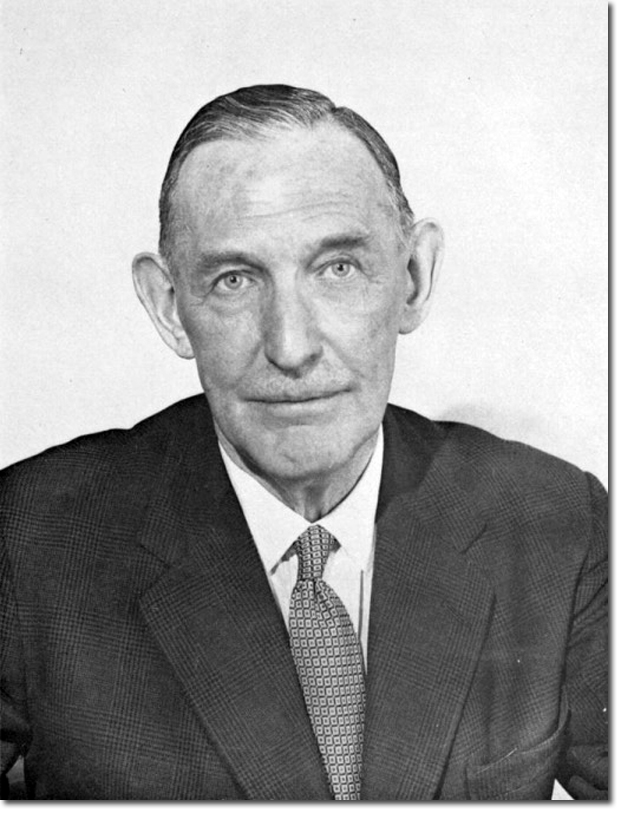|
|

 |
|
WILLlAM QUARRIER KENNEDY, one of the most farseeing geologists of this
century, divided his professional service almost equally between the Geological
Survey of Great Britain, of which he was a member from 1928 to 1945, and the
University of Leeds where he occupied the Chair of Geology from 1945 to 1967.
During most of his time with the Geological Survey, Kennedy worked in his
native Scotland, but with his move to Leeds he was able to unite farther afield,
in particular into Africa. In that continent his remarkable ability to discern
geological relations on a large scale, previously concealed by small scale complications,
which had already led him to a series of major discoveries in Scotland,
found ever wider scope.
Quick to perceive, but with the pat ience to spend years marshalling evidence around a germinating idea, he had great clarity of mind and an exceptional memory. These qualities are reflected in his published work and in his successful leadership of the Research Institute of African Geology he founded at the University of Leeds in 1955 and which he directed until his retirement. A slim man of no more than average height Kennedy was always neatly dressed whether in the laboratory or in the field. This neatness was reflected in his work, for his office was well ordered as were his lectures, professional papers and geological maps. His charm of manner and sparkling intelligence won him friends throughout his career. T he affection and esteem in which he was held by colleagues at Leeds, emerges particularly clearly in the book African Magmatism and Tectonics brought out in his honour after his retirement and which opens with an appreciation by R. M. Shackleton. The very title of the book, as Shackleton wrote of Kennedy then, 'illustrates the three fields in which his infl uence as a teacher and researcher has had its greatest scientific impact'. Magmatic activity and tectonics were persisting interests throughout his career, but Kennedy's grasp of the Earth sciences enabled him to write with penetration on any to pic he took up. His earliest paper was on caves, his last on ocean floors. There is much truth in a comment H. H. Read made when presenting the Geological Society's Bigsby Medal to Kennedy 'Every contribution that you, Professor Kennedy have made to our science has dealt with a major advance or some really important discovery'. For the most of his retirement he lived in Fife, but recurrent spells of illhealth brought him back to Yorkshire and it was at his home in Harrogate that he died peacefully in his sleep following the last of several attacks of pneumonia, on 13 March 1979. Obituary from J. Sutton Biographical Memoirs of Fellows of the Royal Society Vol. 26 (Nov., 1980), pp. 274-303 |
Armed Forces | Art and Culture | Articles | Biographies | Colonies | Discussion | Glossary | Home | Library | Links | Map Room | Sources and Media | Science and Technology | Search | Student Zone | Timelines | TV & Film | Wargames